POST-COSMOPOLITAN CITIES
Space and Place
Bodily, geographic, and architectural sites are embedded with cultural knowledge and social value. This series provides ethnographically rich analyses of the cultural organization and meanings of these sites of space, architecture, landscape, and places of the body. Contributions to this series will examine the symbolic meanings of space and place, the cultural and historical processes involved in their construction and contestation, and how they are in dialogue with wider political, religious, social, and economic institutions.
Volume 1
Berlin, Alexanderplatz: Transforming Place in a Unified Germany
Gisa Weszkalnys
Volume 2
Cultural Diversity in Russian Cities: The Urban Landscape in the post-Soviet Era
Edited by Cordula Gdaniec
Volume 3
Settling for Less: The Planned Resettlement of Israels Negev Bedouin
Steven C. Dinero
Volume 4
Contested Mediterranean Spaces: Ethnographic Essays in Honour of Charles Tilly
Edited by Maria Kousis, Tom Selwyn, and David Clark
Volume 5
Ernst L. Freud, Architect, and the Case of the Modern Bourgeois Home
Volker M. Welter
Volume 6
Extreme Heritage Management: The Practices and Policies of Densely Populated Islands
Edited by Godfrey Baldacchino
Volume 7
Images of Power and the Power of Images: Control, Ownership, and Public Space
Edited by Judith Kapferer
Volume 8
Performing Place, Practising Memories: Aboriginal Australians, Hippies and the State
Rosita Henry
Volume 9
Post-Cosmopolitan Cities: Explorations of Urban Coexistence
Edited by Caroline Humphrey and Vera Skvirskaja
Volume 10
Places of Pain: Forced Displacement, Popular Memory and Trans-local Identities in Bosnian War-torn Communities
Hariz Halilovich
Volume 11
Narrating Victimhood: Gender, Religion and the Making of Place in Post-War Croatia
Michaela Schuble
Volume 12
Power and Architecture: The Construction of Capitals and the Politics of Space
Edited by Michael Minkenberg
Volume 13
Boom and Bust: Urban Landscapes in the East since German Reunification
Edited by Gwyneth Cliver and Carrie Smith-Prei
POST-COSMOPOLITAN CITIES
Explorations of Urban Coexistence
Edited by
Caroline Humphrey
and
Vera Skvirskaja
First published in 2012 by
Berghahn Books
www.berghahnbooks.com
2012, 2015 Caroline Humphrey and Vera Skvirskaja
First paperback edition published in 2015
All rights reserved. Except for the quotation of short passages for the purposes of criticism and review, no part of this book may be reproduced in any form or by any means, electronic or mechanical, including photocopying, recording, or any information storage and retrieval system now known or to be invented, without written permission of the publisher.
Library of Congress Cataloging-in-Publication Data
Post-cosmopolitan cities : explorations of urban coexistence / edited by Caroline Humphrey, Vera Skvirskaja.
p. cm.
ISBN 978-0-85745-510-9 (hbk. : alk. paper) -- ISBN 978-1-78238-677-3 (pbk. : alk. paper) ISBN 978-0-85745-511-6 (ebook)
1. Sociology, Urban. 2. Cosmopolitanism. 3. Urbanization--Social aspects. 4. Immigration and emigration--Social aspects. I. Humphrey, Caroline. II. Skvirskaja, Vera.
HT151.P626 2012
307.76--dc23
2011052021
British Library Cataloguing in Publication Data
A catalogue record for this book is available from the British Library
Printed on acid-free paper.
ISBN: 978-0-85745-510-9 hardback
ISBN: 978-1-78238-677-3 paperback
ISBN: 978-0-85745-511-6 ebook

CONTENTS

Caroline Humphrey and Vera Skvirskaja
CHAPTER 1
Odessa: Pogroms in a Cosmopolitan City
Caroline Humphrey
CHAPTER 2
Negotiating Cosmopolitanism: Migration, Religious Education and Shifting Jewish Orientations in Post-Soviet Odessa
Marina Sapritsky
CHAPTER 3
At the Citys Social Margins: Selective Cosmopolitans in Odessa
Vera Skvirskaja
CHAPTER 4
A Gate, but Leading Where? In Search of Actually Existing Cosmopolitanism in Post-Soviet Tbilisi
Martin Demant Frederiksen
CHAPTER 5
Cosmopolitan Architecture: Deviations from Stalinist Aesthetics and the Making of Twenty-First-Century Warsaw
G. Micha Murawski
CHAPTER 6
Sinking and Shrinking City: Cosmopolitanism, Historical Memory and Social Change in Venice
Joanna Kostylo
CHAPTER 7
Haunted by the Past and the Ambivalences of the Present: Immigration and Thessalonicas Second Path to Cosmopolitanism
Panos Hatziprokopiou
CHAPTER 8
For Badakhshan the Country without Borders!: Village Cosmopolitans, Urban-Rural Networks and the Post-Cosmopolitan City in Tajikistan
Magnus Marsden

LIST OF ILLUSTRATIONS


ACKNOWLEDGEMENTS

The project that introduced the idea of the post-cosmopolitan city and that led to this book was generously supported by an AHRC grant for speculative research (20052006) and the Centre for History and Economics at Kings College, Cambridge. Our subsequent long-term ethnographic research in Odessa, Ukraine was made possible by the AHRC programme Migration, Diaspora and Identity designed by Professor Kim Knott. Various conferences organised within the framework of the programme enabled us to discuss our ideas on post-cosmopolitanism at interdisciplinary fora and to meet some of the contributors to this volume. We are grateful to Katie Roche for facilitating our participation in these events.

Introduction

CAROLINE HUMPHREY AND VERA SKVIRSKAJA
This book is about the kind of cosmopolitanism found or not found in cities. It arose from a perception that many great cities, from Bukhara in Central Asia to Venice in Europe, once famous for being cosmopolitan places, are no longer so in the twenty-first century, or at least not in the same way as before. Discussing this, we arrived at the tentative notion of the post-cosmopolitan city that is explored in this volume. Our book first of all draws attention to the fact that the inhabitants of many contemporary cities, diverse as they are, share at least one thing: a sense that something precious has been lost, or sidelined, and that other less generous relations have taken their place. We do not carry out a sustained investigation of the worldwide causes of recent transformations in great cities in general, which would involve an inevitably complex analysis of different concatenations of political and economic forces such as new forms of capitalism, globalisation, the emergence of nation states from former federations, migration, changes in work patterns, and so forth, and has been the subject of a large literature. Rather, we concentrate on particular cities with a history of vibrant combination of many cultures; we describe the way in which cosmopolitanism was practised and sustained in them, the hostility it nevertheless often had to contend with, and the fragility of cosmopolitanism in recent years. The main part of the book then focuses on an anthropological study of the new kinds of relations that are being formed today in more nationalistic contexts. We hope thus to draw attention to an important trend in present-day urban life in many parts of the world, but also to illuminate precisely what the changes are in the quality of relations in these places.


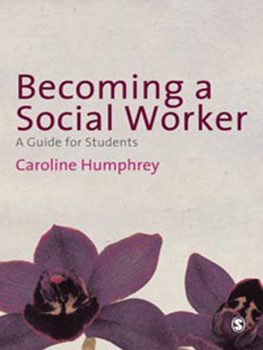
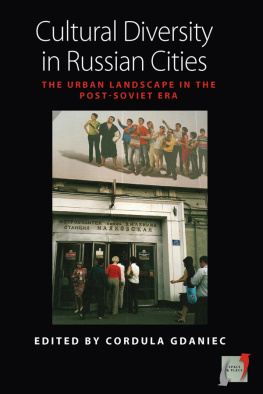
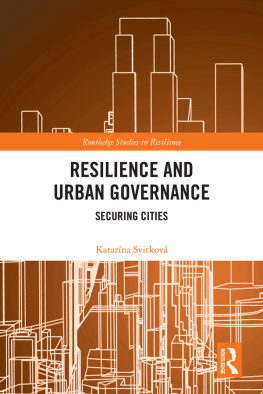
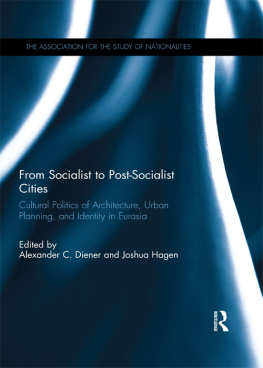
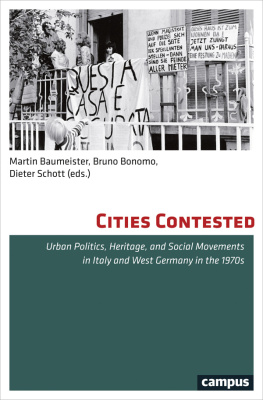
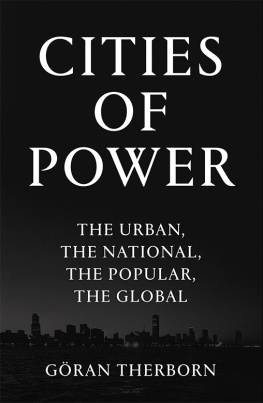


 CONTENTS
CONTENTS 
 LIST OF ILLUSTRATIONS
LIST OF ILLUSTRATIONS 
 ACKNOWLEDGEMENTS
ACKNOWLEDGEMENTS 
 Introduction
Introduction 